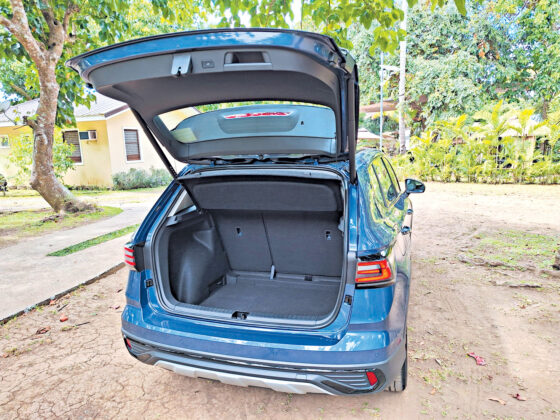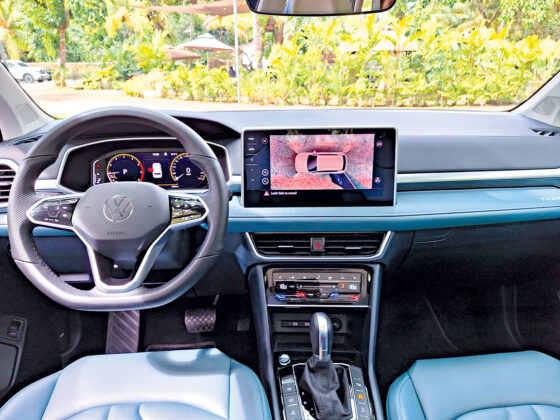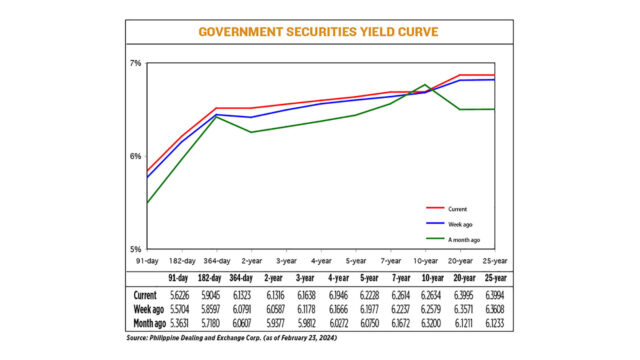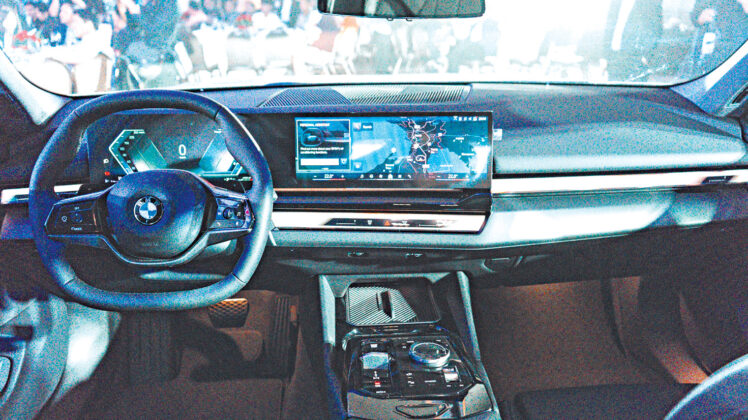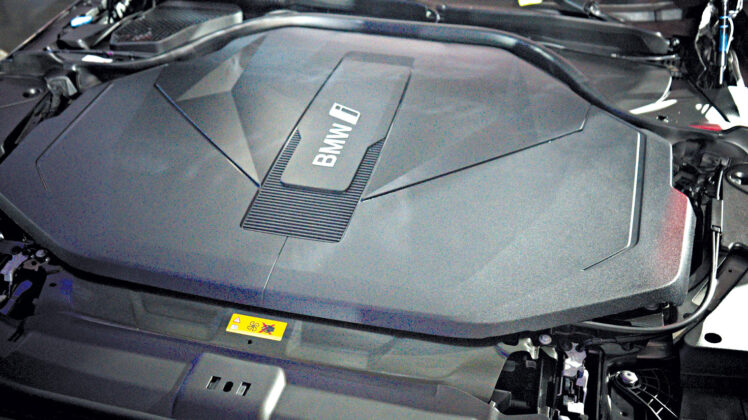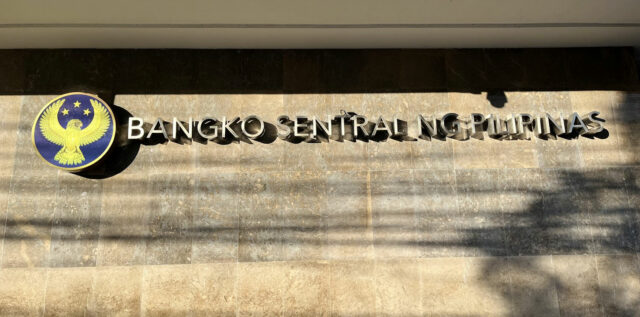By Mhicole A. Moral, Special Features and Content Writer
The Philippine real estate market has been grappling with several challenges for the past years, especially due to the lingering impact of the COVID-19 pandemic. Property developers have been particularly affected by the slowdown in the market, which has resulted in a decrease in demand and sales.
Unfortunately, the uncertainties brought about by the health crisis have led to cautious consumer behavior, affecting their purchasing decisions. According to Colliers International Philippines, the prices for many residential properties, especially condominiums, were lower by nearly 4% in 2022 when adjusted for inflation.
Despite the challenges faced by the real estate market in the Philippines, experts predict that it will recover in the coming years. Colliers International Philippines has forecast that the market will experience a stronger pace of recovery in 2024. The growth will be driven by sustained macroeconomic growth and the implementation of sound economic policies.
Executives from some of the country’s leading developers also share similar outlooks.
“The pandemic has heavily changed consumer needs and preferences. However, we are also seeing that consumer needs and preferences are again changing because we are all going back to our normal lives. This also becomes an opportunity for developers to adapt quickly and be the first mover in the market,” Stephanie Anne Go, assistant vice-president and head of Business Development and Design at RLC Residences, said in an e-mail to BusinessWorld.
Rafael Fernandez de Mesa, head of Aboitiz InfraCapital Economic Estates, president of LIMA Land Inc., and president of Cebu Industrial Park Developers, Inc., has emphasized the growth in the industrial real estate landscape, driven by the government’s initiatives to attract foreign direct investments, including tax incentives and streamlined regulations. This has led to a surge in interest, particularly from the region from places such as Japan, China, South Korea, and Taiwan.
“The demand for premium industrial spaces offers a lucrative opportunity for forward-thinking developers. At Aboitiz InfraCapital Economic Estates, we are strategically positioned to seize this growing demand,” Mr. Fernandez de Mesa added.
The latest data and analyses from KMC Savills’ Research and Consultancy have revealed that lease rates for Metro Manila offices have stabilized post-pandemic. The average lease rate is now P858 per square meter (sq.m.), which is 6.7% lower than pre-pandemic rates.
According to the data, the upcoming office completions this year are expected to stimulate leasing activities. While demand is projected to remain strong in 2024, an increase in vacancy rates is anticipated due to multiple office building completions throughout the year.
Furthermore, Bonifacio Global City (BGC) remains the top choice for prime buildings in Metro Manila, with over 2 million sq.m. of office space available. Noteworthy transactions during the last quarter of 2023, particularly in Makati, have maintained high occupancy rates, demonstrating the competitiveness of the office landscape.
Therefore, despite economic uncertainties and global disruptions, the industry has continued to evolve, demonstrating its ability to adapt to changing landscapes and contribute significantly to the country’s economic growth.
Digitized, sustainable industry
Furthermore, digital transformation has influenced Philippine real estate as developers are leveraging technology to streamline processes, enhance customer experiences, and enhance security more effectively. Virtual tours, online transactions, and the like have become integral components of the industry, enabling stakeholders to adapt to the changing demands of the market.
Mr. Fernandez de Mesa explained, “We recognize the substantial potential of proptech and digitization in boosting transparency and efficiency. Online platforms and automated processes contribute to smoother and faster transactions, offering benefits to both investors and locators. Moreover, this technological integration enhances operational excellence by leveraging data-driven insights to optimize resource allocation, improve maintenance practices, and ensure the overall well-being of our estates. Additionally, proptech fosters a more connected and responsive community, allowing residents and locators to access information, request services, and interact seamlessly with us through digital channels.”
“In our forward-looking approach, we are steadfast in our commitment to pushing boundaries by seamlessly integrating cutting-edge technologies such as artificial intelligence and the Internet of Things (IoT) into our estates. Our overarching vision is to craft world-class smart communities that not only address the needs of businesses but also elevate the overall quality of life for every individual residing, working, and engaging within these dynamic environments,” he added.
The country’s real estate sector has also shifted towards sustainable and eco-friendly practices, with developers incorporating green building technologies, energy-efficient designs, and eco-conscious urban planning to reduce environmental impact.
For RLC Residences, developers in the country are now recognizing the demand for environmentally friendly and energy-efficient living spaces. One noteworthy initiative by developers to assure homebuyers of the sustainability of their projects is the adoption of EDGE (Excellence in Design for Greater Efficiencies) certification.
“To ensure our future homeowners that they are buying and living in a sustainable building, we are applying for EDGE certification across all our new projects. However, it is the responsibility of the developers to create sustainable projects that are practical and functional and not just some concept on paper,” Ms. Go explained.
Furthermore, Mr. Fernandez de Mesa underscored Aboitiz InfraCapital’s unwavering commitment to sustainability. A notable achievement in this regard is the 5-Star BERDE District Certification bestowed upon LIMA Estate in Batangas by the Philippine Green Building Council. This distinctive accolade positions LIMA Estate as the first and sole industrial development in the country to receive the distinction.
Aboitiz InfraCapital recognizes the shared commitment to sustainability among its esteemed locators. Emphasizing the significance of Environmental, Social, and Governance (ESG) criteria, the company applauds the vigilance of its partners in monitoring their ESG scorecards.
“We acknowledge that sustainability is not merely a passing trend but a fundamental responsibility. By embodying these values, we not only meet the expectations of our locators but also attract businesses that share our commitment to sustainability and responsible operations,” stated Mr. Fernandez de Mesa.
Investment prospects
Regarding investing in real estate, investors are advised to exercise caution and stay vigilant regarding potential risks associated with economic fluctuations and regulatory changes. Economic conditions can also impact property values, demand, and overall investment viability. According to KMC Savills, investors should keep an eye on the market segments that are showing security, such as the office market, retail, and the hospitality sector.
However, the consulting firm warns of a potential saturation of the mid-end residential market, which could decrease demand and prices. Additionally, a mismatch between demand and supply in the industrial market could lead to oversupply and a decrease in prices.
Despite potential risks, Mr. Fernandez de Mesa highlighted that the country stands as one of the top-performing economies in the region, boasting robust economic performance.
“This is coupled with ongoing infrastructure development projects and government initiatives focused on enhancing the ease of doing business, collectively creating an exceptionally favorable investment environment,” remarked Mr. Fernandez de Mesa.
Furthermore, KMC Savills has predicted that two emerging markets are poised for significant growth this year. These markets are renewable energy and data centers, both of which are currently in their early stages.
“At Aboitiz InfraCapital, we proactively align ourselves with these trends,” emphasized Mr. Fernandez de Mesa. “We seamlessly integrate sustainability and smart city technology into our Economic Estates, addressing present requirements while anticipating future industry demands. Through our strategically developed estates, we provide businesses with an environment that is not only attractive but also future-proof, further solidifying the Philippines’ position as a leading and resilient investment hub in the region.”
“Property buyers are more discerning and more critical of their investments now. This means developers will be challenged to be more creative in their concepts and designs. But more importantly, it is critical for developers to not just deliver quality homes but also delightful experiences to homeowners,” Ms. Go said.





